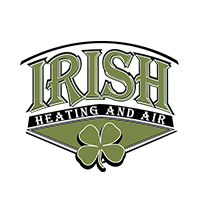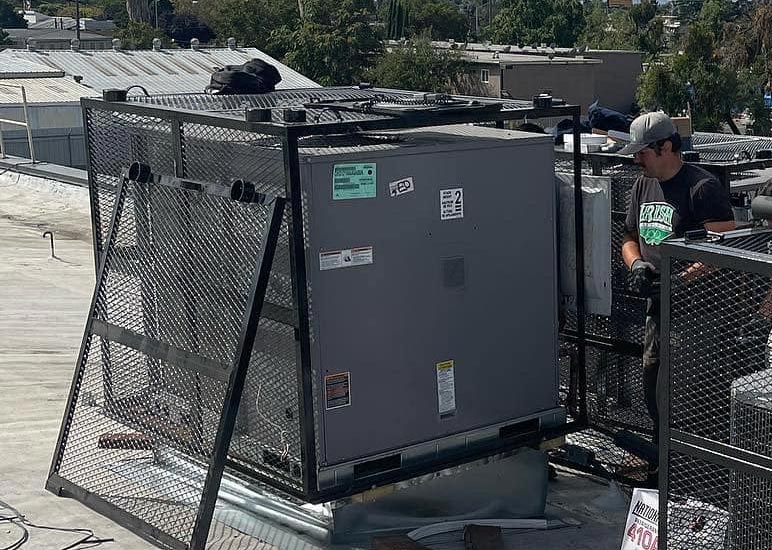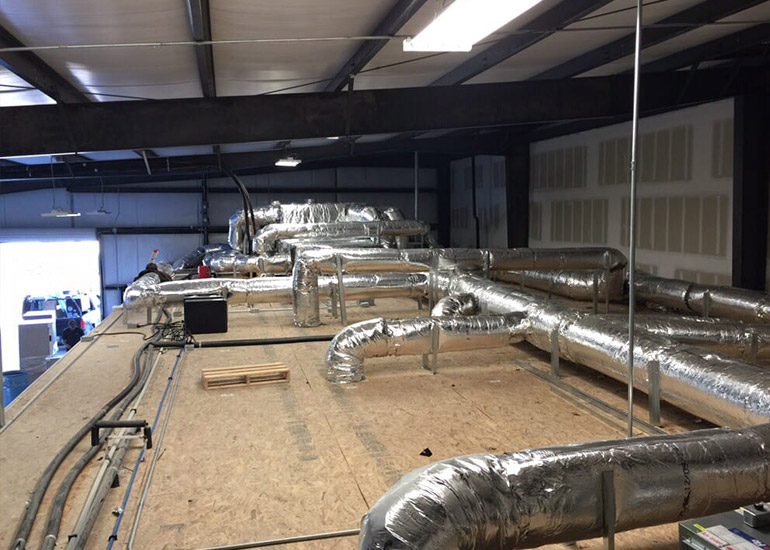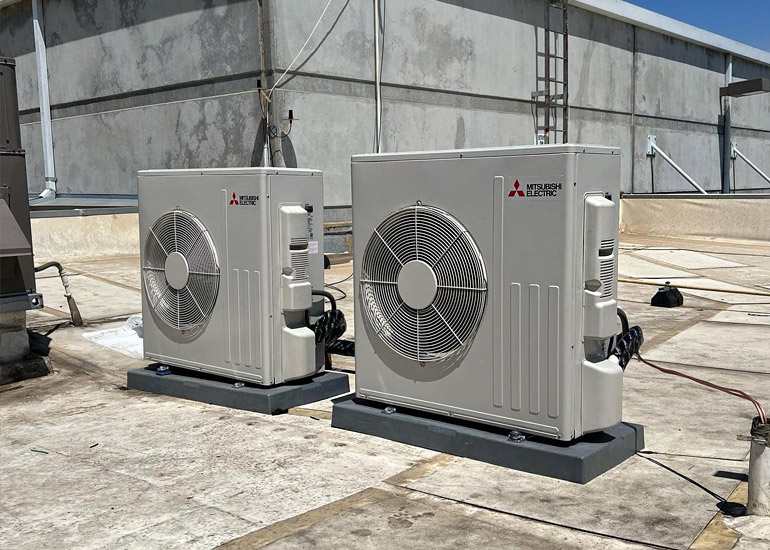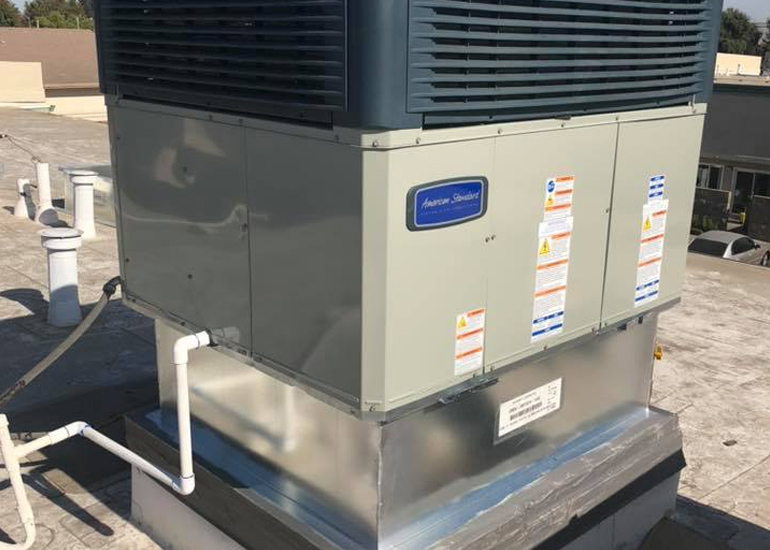 When you’re headed up to the roof to check on your commercial HVAC system, you might wonder why your HVAC technicians installed it on your roof in the first place. Is there any logic behind this decision? For sure, there are several ways that having your HVAC system mostly on the roof can benefit you. Here are some of those reasons and benefits.
When you’re headed up to the roof to check on your commercial HVAC system, you might wonder why your HVAC technicians installed it on your roof in the first place. Is there any logic behind this decision? For sure, there are several ways that having your HVAC system mostly on the roof can benefit you. Here are some of those reasons and benefits.
Saving Space
It’s no surprise that the space inside of your building is at a premium. Any room that has to be dedicated to the HVAC system cannot be used productively, rented out, made into an office, or otherwise used. There’s no sense in taking up valuable space when you can instead use your unoccupied rooftop to hold your equipment. Commercial roofs are large, flat and otherwise unused space.
Ease of Access
No one wants to disrupt their business to handle any essential building function. Unfortunately for things like plumbing and electricity, you have to disturb the occupants of the building somewhat to do repairs or maintenance. However, with HVAC systems on your roof, you may not have to disturb tenants at all to do regular maintenance, repairs and installation. This saves you money and makes managing your building simpler.
When your HVAC system is simpler to access, it is easier for you to get the regular maintenance that will protect the system and ensure that you get its full lifespan.
Ventilation
HVAC equipment needs to be ventilated. Any equipment that runs on gas or produces exhaust, as most heating and cooling systems need to release those fumes outside. Why bother running lines to ventilate HVAC equipment through the building when you can simply place the units outside? This improves the safety of the building as a whole, as carbon monoxide build-up and similar problems are much less likely to impact the interior of the building (but it’s not impossible).
In addition, when you don’t need to run lines to ventilate your equipment, you save valuable space in the building that can be put to other uses, like running HVAC ducts down into the building, roof drains, electrical equipment, tankless water heaters, and much more.
Additions
What happens when your building capacity changes, you need new HVAC equipment, or you need to install new, larger versions of equipment you already have? It is all much easier on the roof. You can add new equipment without worrying about taking up too much space or having to move around the equipment that is already there to make room.
Security
Theft of HVAC equipment and parts is rare, but it happens. When tenants or building occupants have easy access to your HVAC equipment, they will be more likely to steal parts of it or just interfere with it. On the roof, this is much less likely.
Rooftop HVAC systems make sense for many reasons, but they also need to be treated carefully to avoid impacting the roof and to avoid adding undue stress to the building. Your HVAC professionals should have experience with managing the rewards and risks of rooftop equipment.
